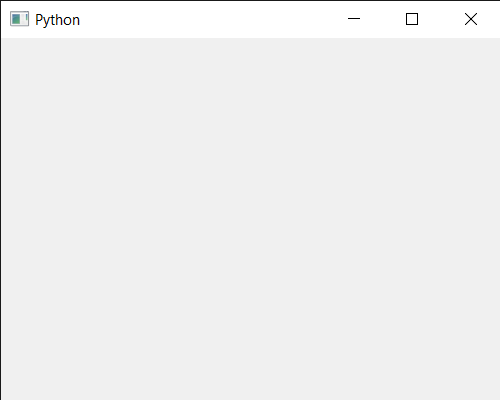PyQt5 QCalendarWidget 覆盖窗口标志
在这篇文章中,我们将看到如何覆盖QCalendarWidget的窗口标志。为了做到这一点,我们使用overrideWindowFlags方法,这个方法将日历的窗口标志设置为标志,而不告诉窗口系统。
警告: 除非你真的知道你在做什么,否则不要调用这个函数。
为了做到这一点,我们将使用QCalendarWidget对象的overrideWindowFlags方法。
语法 : calendar.overrideWindowFlags(flag)
参数: 它需要窗口标志对象作为参数。
返回: 它返回无
下面是实现的过程
# importing libraries
from PyQt5.QtWidgets import *
from PyQt5 import QtCore, QtGui
from PyQt5.QtGui import *
from PyQt5.QtCore import *
import sys
# QCalendarWidget Class
class Calendar(QCalendarWidget):
# constructor
def __init__(self, parent = None):
super(Calendar, self).__init__(parent)
class Window(QMainWindow):
def __init__(self):
super().__init__()
# setting title
self.setWindowTitle("Python ")
# setting geometry
self.setGeometry(100, 100, 500, 400)
# calling method
self.UiComponents()
# showing all the widgets
self.show()
# method for components
def UiComponents(self):
# creating a QCalendarWidget object
# as Calendar class inherits QCalendarWidget
self.calendar = Calendar(self)
# setting cursor
self.calendar.setCursor(Qt.PointingHandCursor)
# setting size of the calendar
self.calendar.resize(300, 240)
# move the calendar
self.calendar.move(10, 10)
# setting override windows flag
self.calendar.overrideWindowFlags(Qt.SplashScreen)
# create pyqt5 app
App = QApplication(sys.argv)
# create the instance of our Window
window = Window()
# start the app
sys.exit(App.exec())
输出:

 极客教程
极客教程